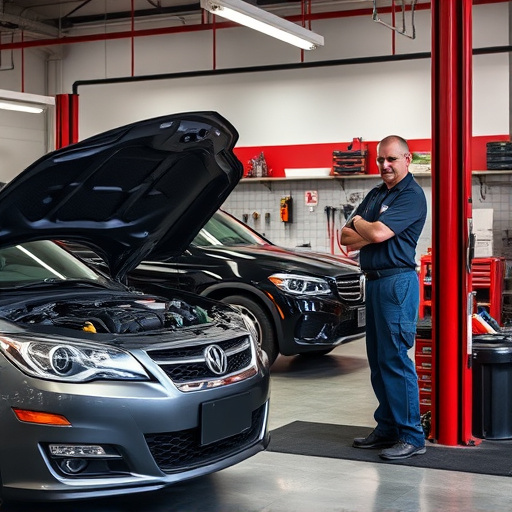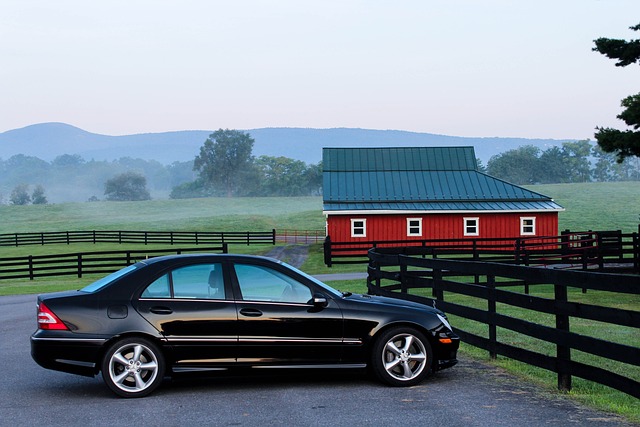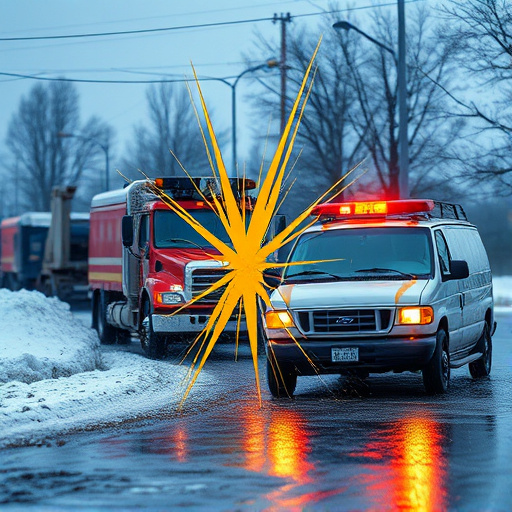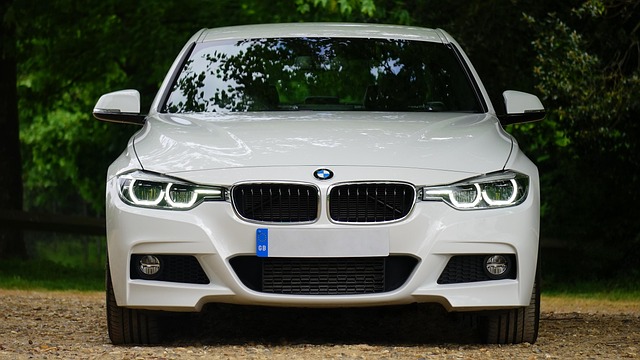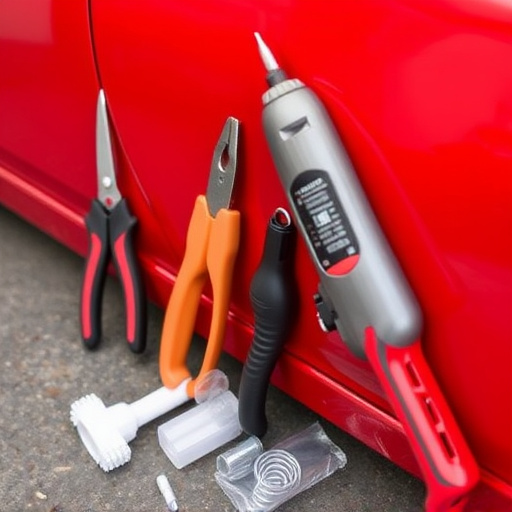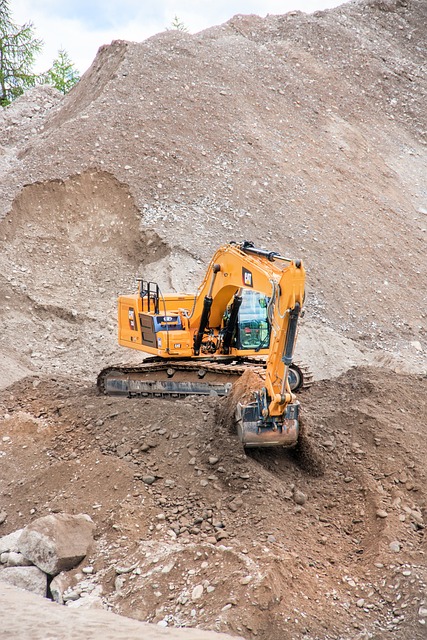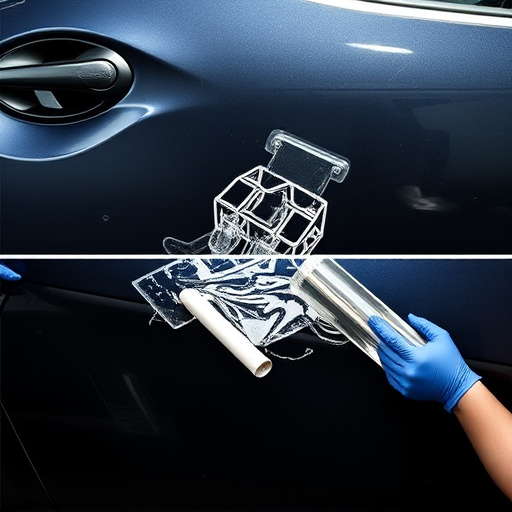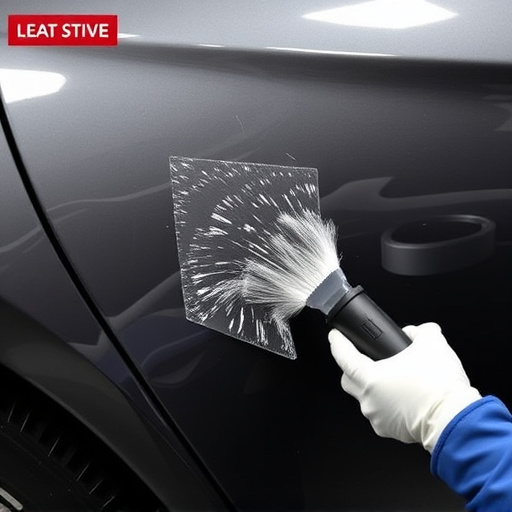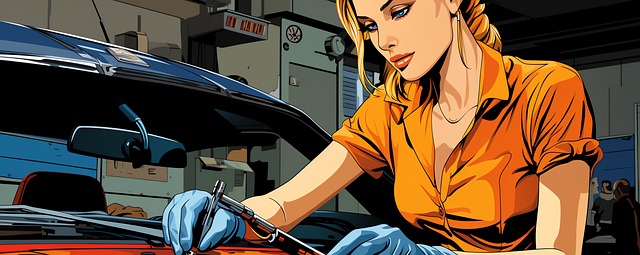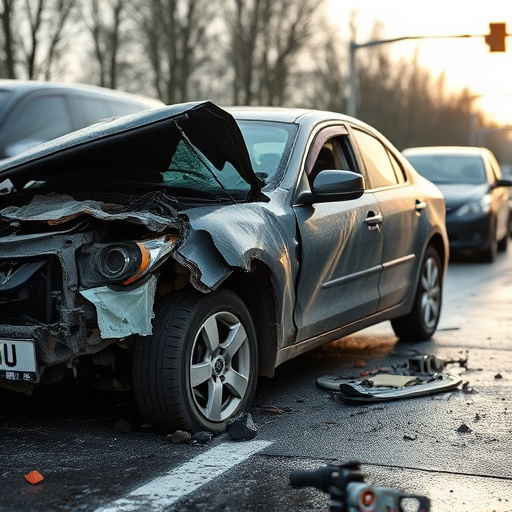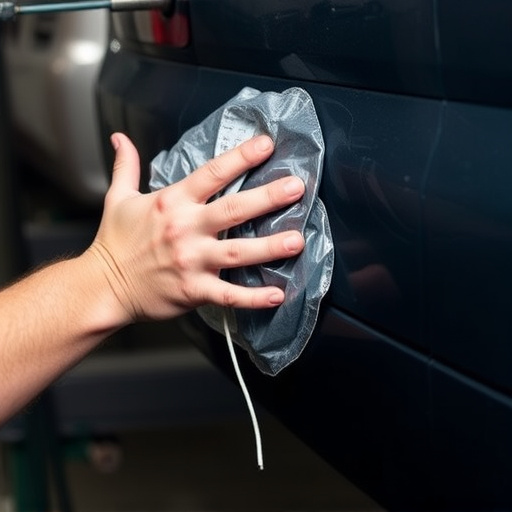OEM guidelines for collision repair emphasize precision and quality, aiming to restore vehicles to pre-accident condition through factory seam duplication. This process, requiring advanced technology and expert knowledge, ensures seamless fits, maintains vehicle integrity, and preserves original aesthetics, with specialized tools and software duplicating original factory seams on luxury vehicles, delivering consistently exceptional results.
In the realm of collision repair, adhering to Original Equipment Manufacturer (OEM) guidelines is paramount for ensuring structural integrity and vehicle performance. This article delves into the intricacies of OEM standards specifically for collision repair and factory seam duplication. We explore key considerations in achieving precise replication of factory seams, highlighting best practices for accurate matching. Understanding these guidelines empowers technicians to deliver top-tier repairs, enhancing vehicle safety and aesthetics through expert factory seam duplication techniques.
- Understanding OEM Guidelines for Collision Repair
- Key Considerations in Factory Seam Duplication
- Best Practices for Accurate Seam Matching
Understanding OEM Guidelines for Collision Repair

Understanding OEM Guidelines for Collision Repair involves grasping the meticulous standards set by Original Equipment Manufacturers (OEMs) for restoring vehicles to their pre-accident condition. These guidelines are designed to ensure that car bodywork services adhere to the highest levels of precision and quality, mimicking the original craftsmanship found in automotive collision repair. By following these protocols, auto repair shops can achieve factory seam duplication, ensuring every panel fits seamlessly and looks identical to the rest of the vehicle.
OEM specifications cover a wide range of aspects, from specific tools and techniques to be used to precise measurements and finishes. Adhering to these guidelines is paramount for maintaining the integrity of the vehicle’s structure and aesthetics. This meticulous approach guarantees that automotive collision repair not only fixes functional issues but also preserves the car’s original look and feel, leaving customers satisfied with a virtually indistinguishable repair job.
Key Considerations in Factory Seam Duplication

When it comes to factory seam duplication, several key considerations must be taken into account to ensure precision and quality in automotive restoration. The first is understanding the original manufacturer’s specifications and techniques; each vehicle model has unique requirements for seam replication, requiring a deep knowledge of the collision repair process specific to that make and model. This includes meticulous attention to detail, from the type of adhesive used to the pressure applied during sealing, to achieve a seamless finish that matches the factory standards.
Another crucial aspect is the use of advanced equipment and tools designed for accurate seam duplication. Modern technology offers specialized machinery that can precisely mimic the original manufacturing process, ensuring that every joint is aligned perfectly and sealed securely. This not only speeds up the collision repair services but also enhances the overall quality of autobody repairs, guaranteeing a durable and aesthetically pleasing finish.
Best Practices for Accurate Seam Matching
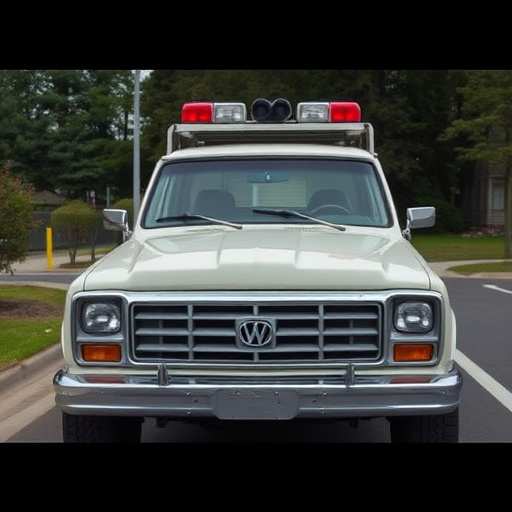
Achieving precise seam matching during collision repair is a meticulous art that demands attention to detail. To ensure factory-like results in luxury vehicle repair, technicians must employ best practices when dealing with intricate paneling. One key technique involves utilizing specialized tools and software designed for accurate measurement and analysis of car scratch repair sites. These advanced systems capture detailed images and data, allowing for precise comparison against original factory specifications.
Additionally, a thorough understanding of the material properties and manufacturing processes is vital. Repair specialists should consider factors like metal elasticity, coating composition, and environmental conditions to mimic the original factory seam duplication seamlessly. By combining these technical advancements with expert knowledge, fleet repair services can consistently deliver high-quality results, ensuring that damaged vehicles not only look good as new but also maintain their structural integrity.
OEM guidelines for collision repair and factory seam duplication are essential for maintaining vehicle integrity and ensuring a seamless restoration. By understanding these guidelines, adopting best practices in seam matching, and considering key factors in duplication, professionals can deliver high-quality repairs that meet original equipment standards. Mastering these techniques is crucial for both achieving customer satisfaction and preserving the value of vehicles post-collision.
